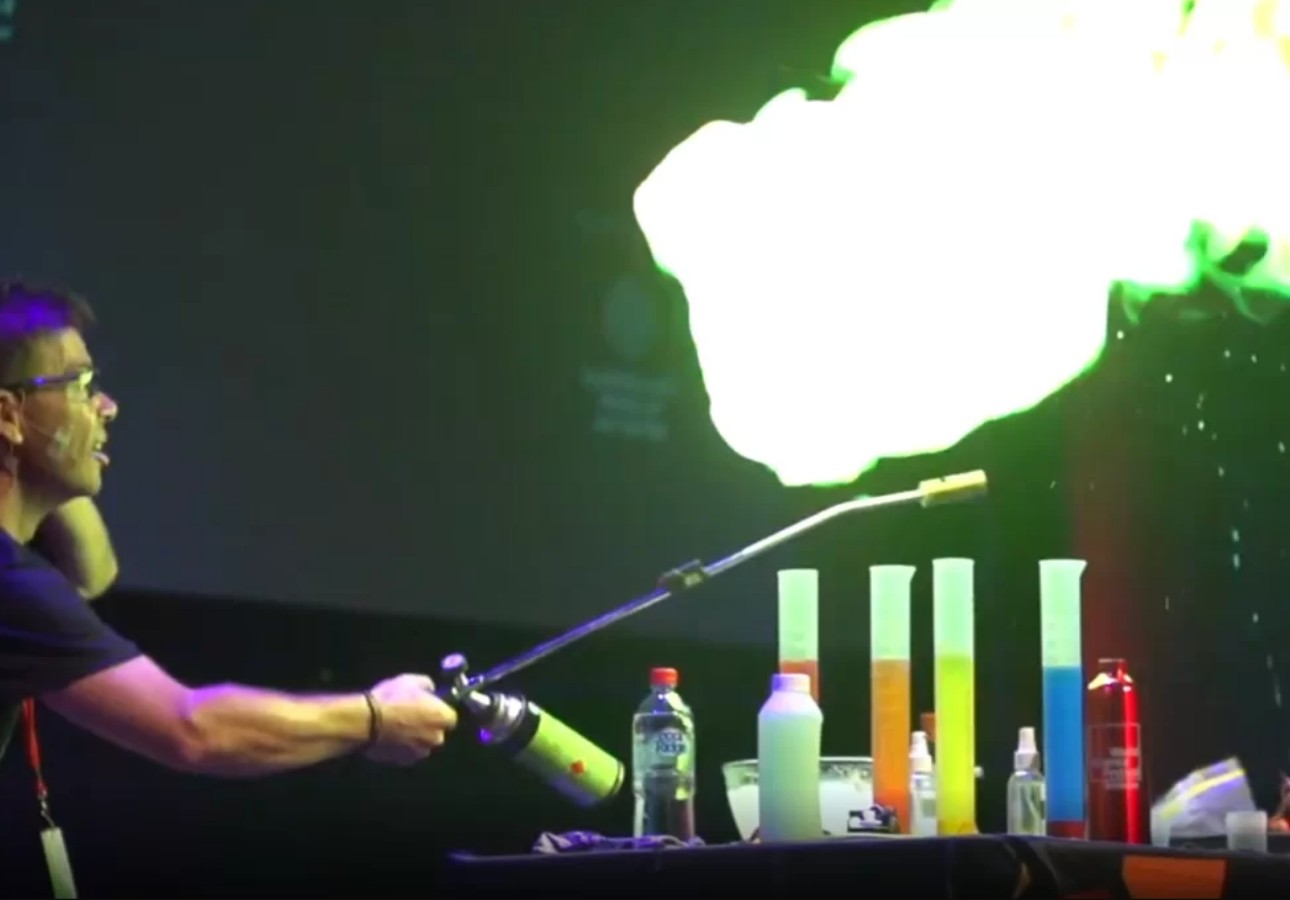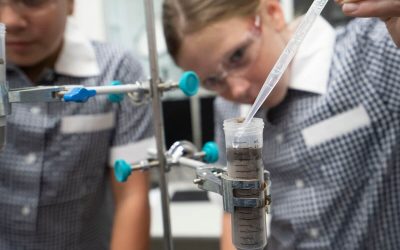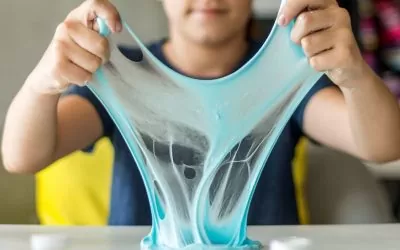Chemical reactions happen around us every day and most of the time they slip us by. But sometimes there is a reaction that has a significant impact and these are strong endothermic and exothermic reactions. These are reactions that create either heat or make things feel cold. These can be small reactions like first aid instant cold packs or can be bigger reactions like rocket fuel and fireworks. In this blog, we are going to break down how endothermic reactions and exothermic reactions work and it all comes down to one thing: energy.
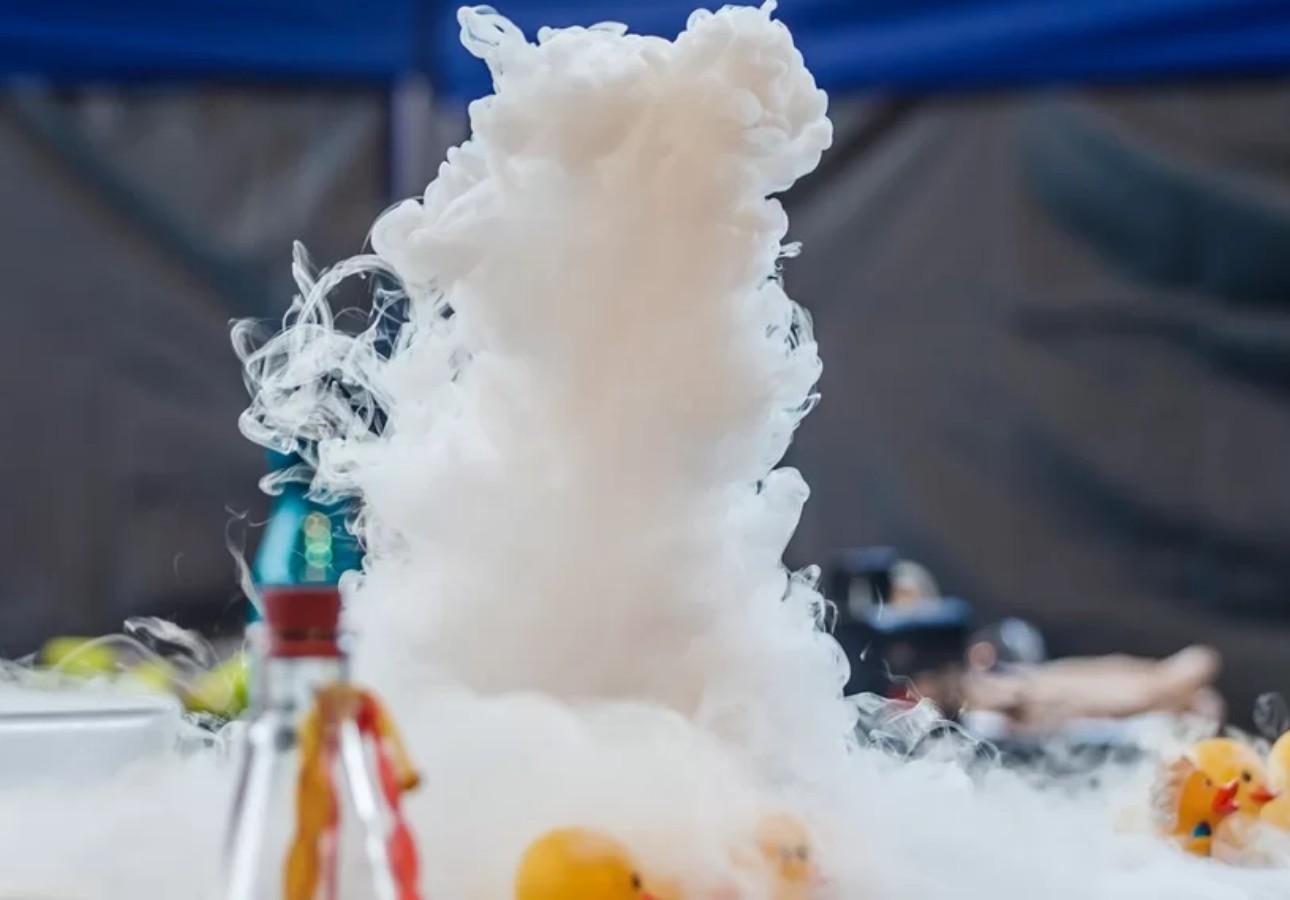
Energy Is Everything
Almost everything in the world is made up of different chemicals and chemical reactions and when these reactions occur it releases energy or absorbs energy. Under the first law of thermodynamics, which is also known as the law of the conservation of energy, energy cannot be created or destroyed; it just depends on where it is and what it is doing. To understand endothermic and exothermic reactions, there are some important terms that you should know:
- Energy is the capacity to do work or produce heat.
- Work is when a force acts on something and forces it to move, for example, when you blow on a piece of paper and it moves, you are doing work.
- Heat in chemistry is a transfer of energy through thermal conduction.
- The System is the thing you are studying, whether it is a chemical reaction or an action. For example, if you are looking at adding things to a beaker in chemistry, the beaker is the system.
- The Surroundings are what allow the amount of energy in the system to change which allows the change to come from or go to the surroundings. This would be everything other than the beaker.
Endothermic vs Exothermic
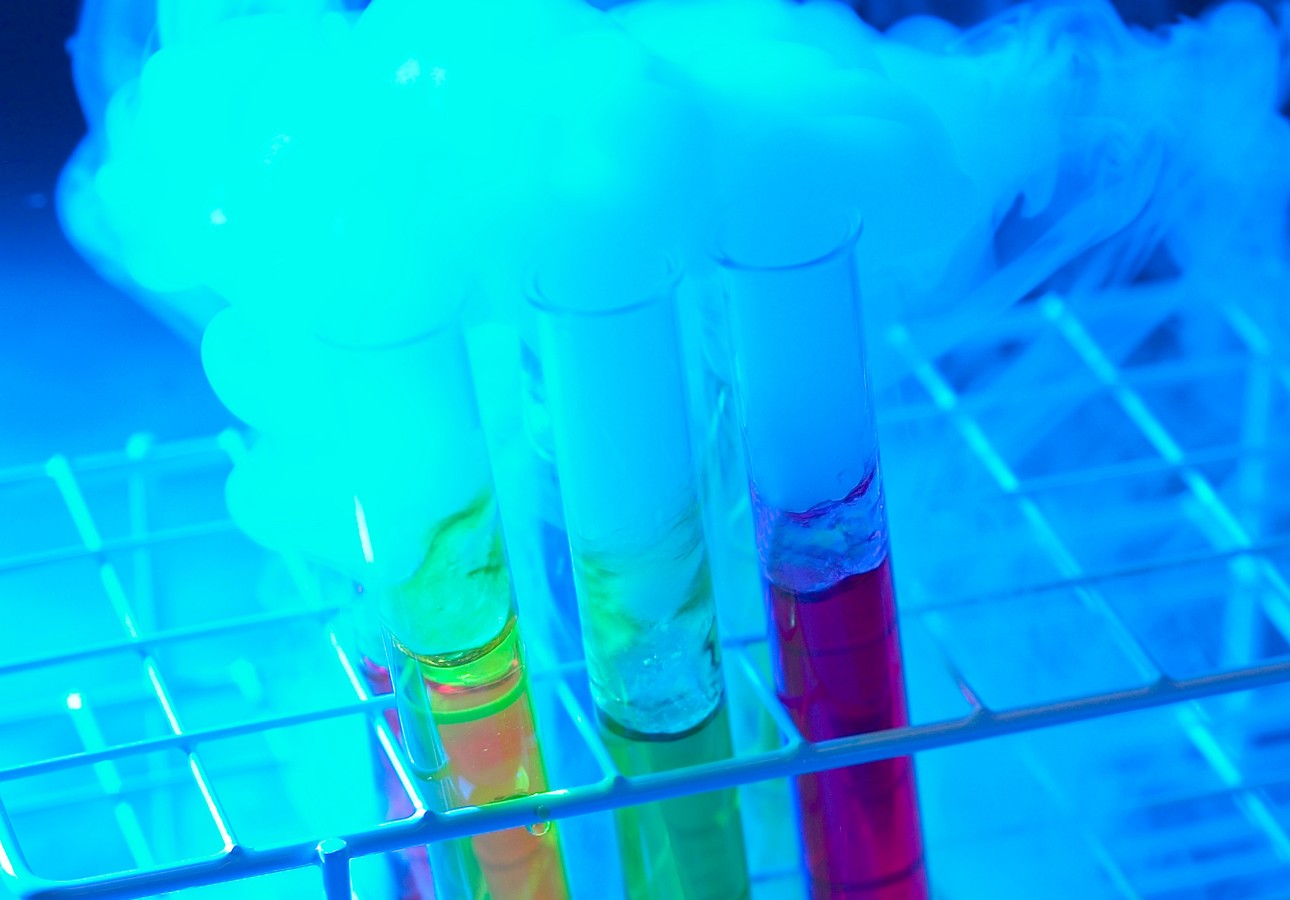
An endothermic or exothermic reaction occurs when the amount of energy in a system changes. Every system has internal energy made up of the system’s kinetic and potential energy and endothermic and exothermic reactions are the change in energy in the system. Exothermic reactions occur when energy is lost from the system and dispelled into the surroundings while endothermic reactions occur when energy is added to the system.
When Do These Reactions Occur?
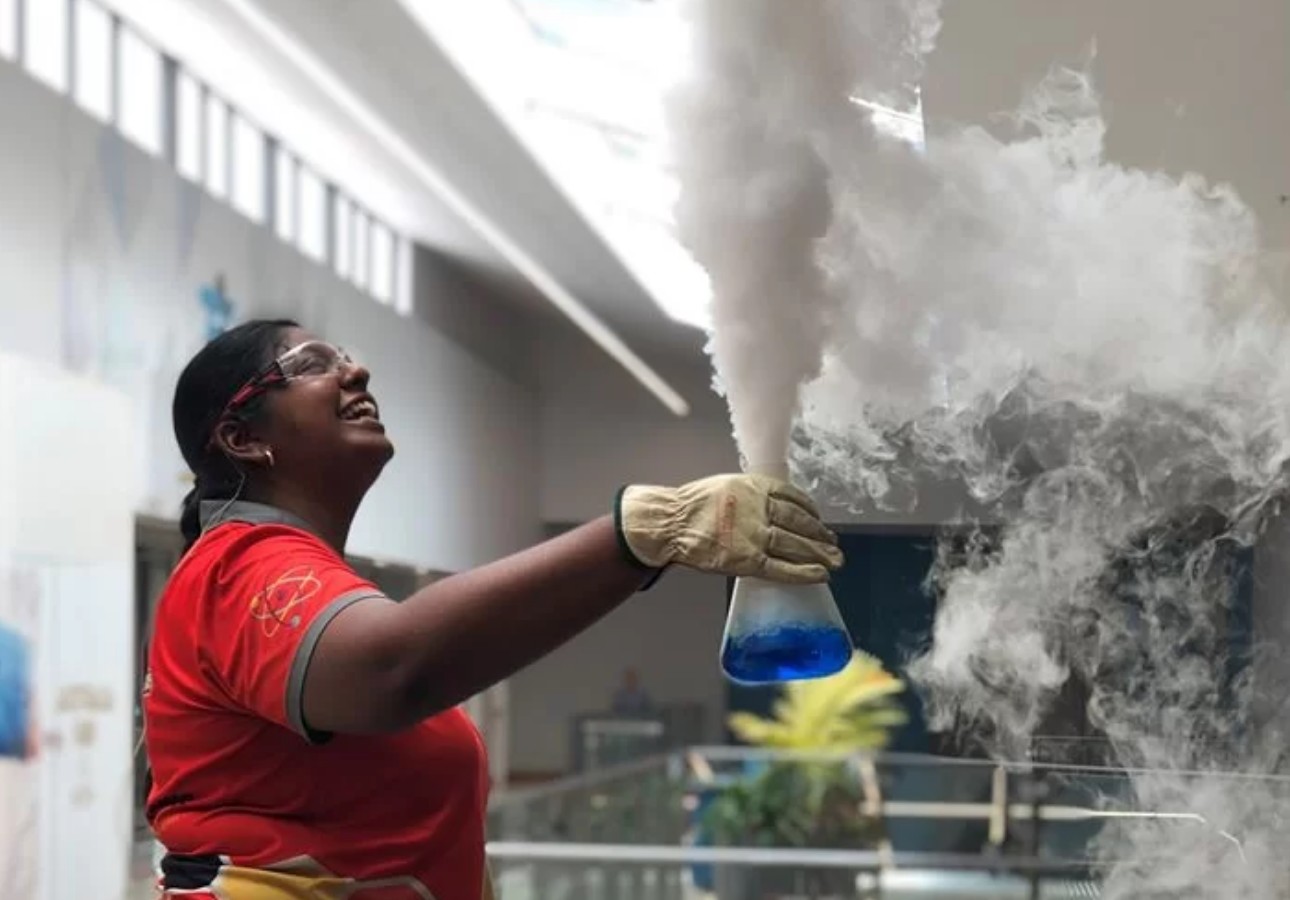
Endo and exothermic reactions occur when energy is added or removed from the system you are observing and added or removed from the surroundings. This occurs in chemical reactions when chemical bonds are either formed or broken. When these bonds are broken, heat is absorbed and when they are formed, heat is released. Things want to stay the way they are so the formation of bonds takes less energy than breaking bonds between molecules.
Homemade Volcanoes
Experience Endothermic and Exothermic Reactions at Home
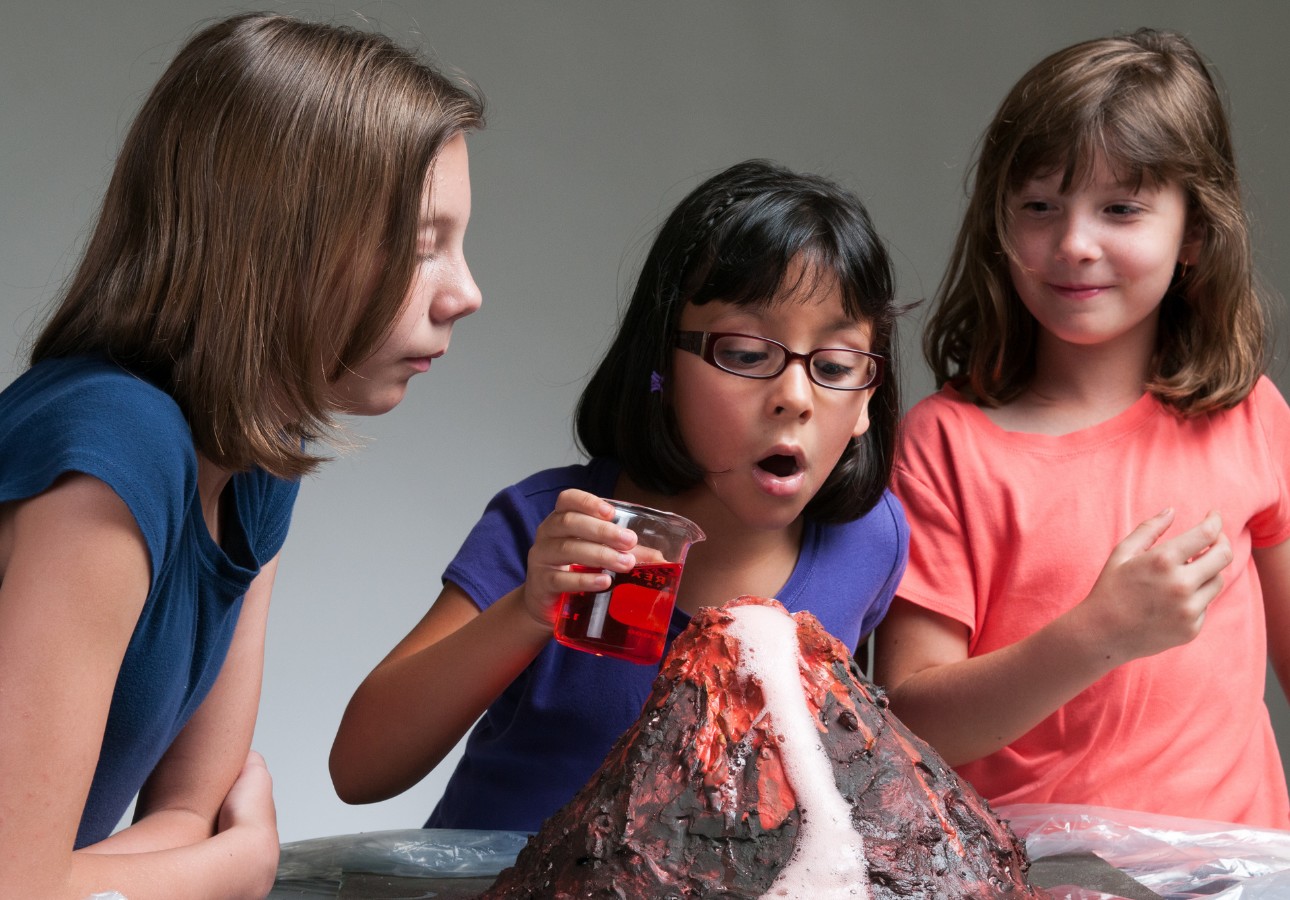
A great way to test out exothermic and endothermic reactions at home is to create two volcanoes that use common household ingredients. You can even measure the change in temperature using a thermometer.
The first volcano is the most common homemade volcano using baking soda and vinegar. To create an endothermic reaction, fill your container halfway with water and stir in some heaped teaspoon of baking soda. Also, add in a squirt of detergent and some food colouring to make it look cool. When you then add vinegar you will see the volcano “erupt”. After the volcano erupts, if you touch the side of the container it will feel cool to the touch and will see the thermometer temperature has gone down a couple of degrees.
The exothermic volcano uses yeast and peroxide to create its eruption. To do this, fill your container most of the way with household peroxide. Like with the first volcano, add a squirt of detergent and some food colouring. The higher the percentage of hydrogen peroxide, the hotter the reaction will be but this is not advisable to use as non-household peroxide is not safe to touch. To start your eruption, simply add a packet of dry active yeast and watch it explode! You will see your thermometer increase in temperature as the volcano erupts.
Want to Learn More? Bring in Street Science!
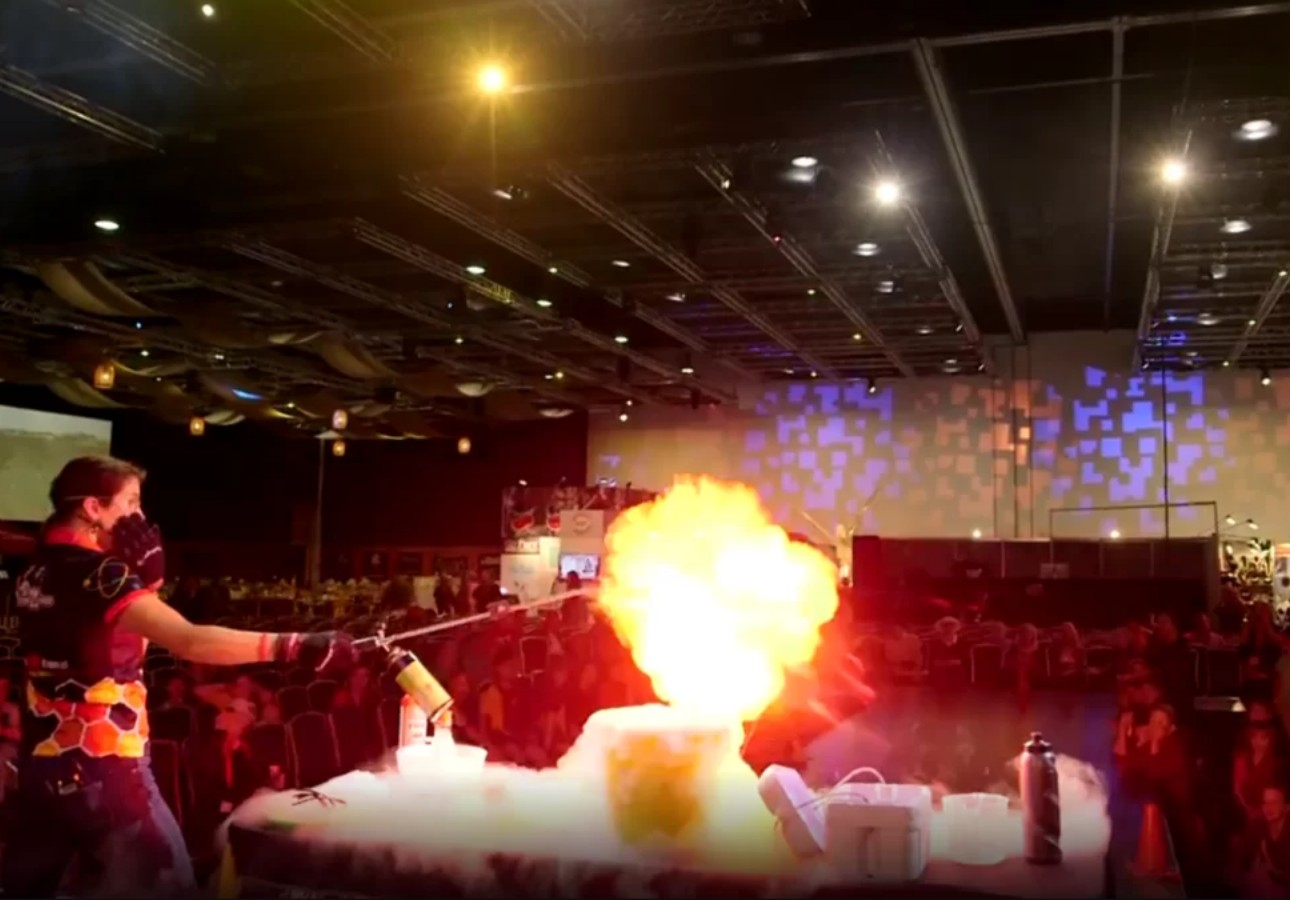
There are lots of really cool endothermic and exothermic reactions but a lot of them are not the best to try at home. If you are interested in learning more about these reactions and seeing some of them in-person, book in one Street Science’s Year Three Workshops with both our Signature Science Show and our Hardcore Heat Workshops. Or get in touch with our friendly team with any questions or to book in one of our classes.

